
Range Map of Grizzly Bears
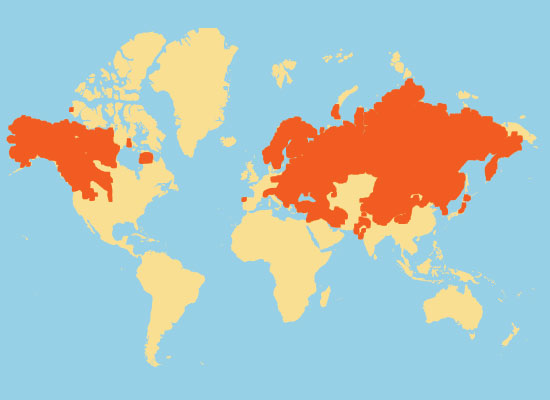
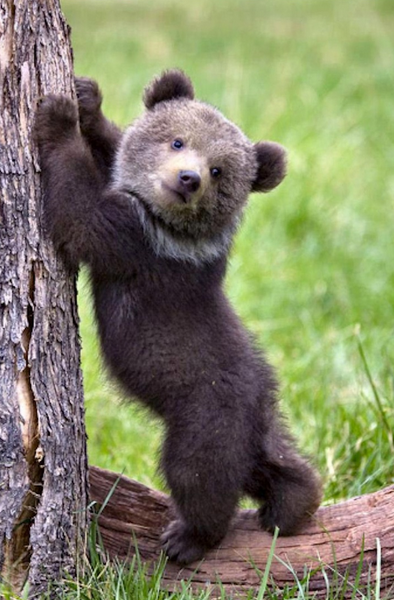
Quick Facts
Type:
Mammal
Diet:
Omnivore
Average life span:
20 to 25 years
Size:
6 to 7 ft tall
Weight:
300 to 850 lbs
Litter Size:
1 to 4 cubs
Did you know?
Grizzly bears have a distinct hump on their shoulders, which is a mass of muscle that provides them with tremendous strength for digging, moving rocks and trees, and mauling their prey.
Grizzly bears use “rub trees.” These are trees where they scratch their backs, leaving scent and hair. Biologists can use these trees to collect DNA from many bears living in the area.
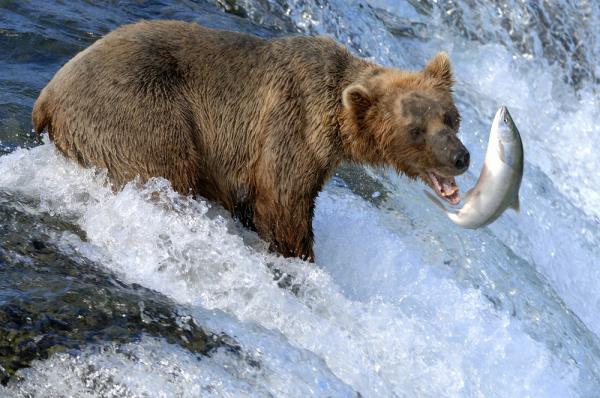
Bear Identification
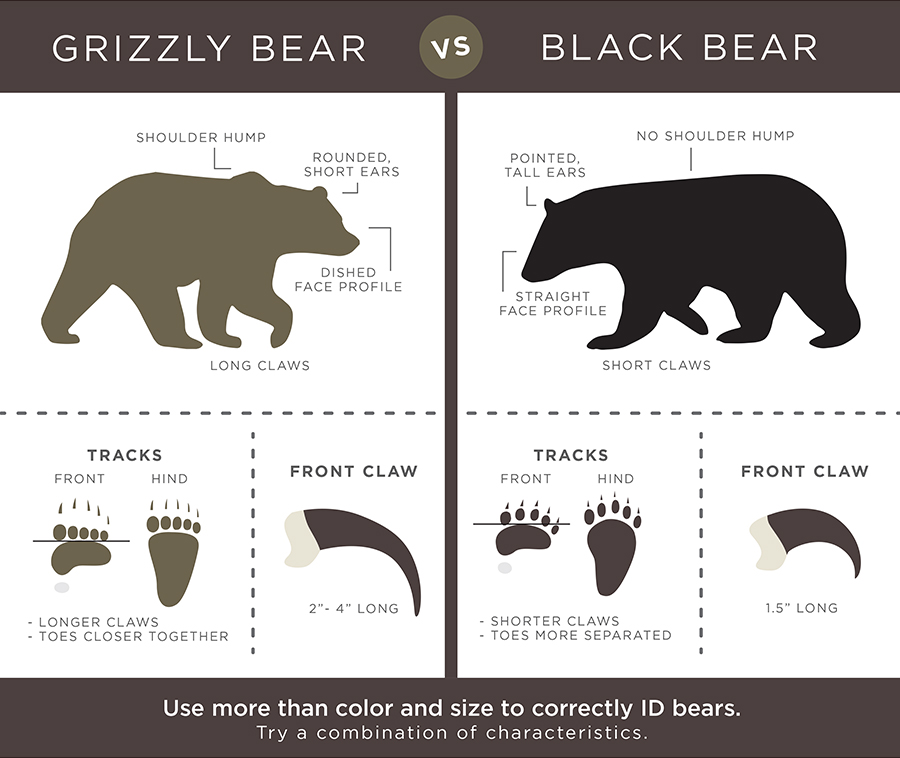
Grizzly Bear Anatomy
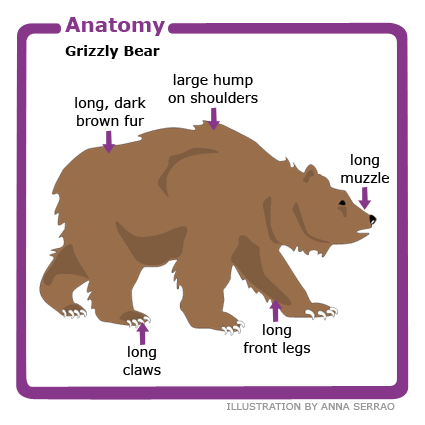
Grizzly Bears
-
- Mature grizzly bears stand 3-4 feet tall at the shoulder, and can be 5-8 feet long from nose to tail.
-
- are capable of running at speeds of up to 30 miles per hour.
-
- are found in Canada and Alaska are larger than those found in the Rocky Mountains due to differences in their diet.
-
- were once common in the Great Plains, but have been forced into the mountains, remote northern regions, and dense forests due to human encroachment.
-
- are protected by law and found on the list on endangered species in the continental U.S.
-
- Approximately 1,000 grizzlies are left in the continental U.S.
-
- There are estimated to be 30,000 grizzlies in Alaska, where they can be hunted.
-
- eat berries, roots, grasses, fruit, nuts, and leaves. They also eat fish, rodents, and large animals, and will scavenge kills by other animals such as wolves and mountain lions.
-
- will often visit meadows after an avalanche or glacier slide in order to eat legumes that have accumulated there.
-
- can gain around 400 pounds preparing for dormancy in the winter.
-
- cubs weigh 1 pound at birth, and are nursed to about 20 pounds before the mother emerges from dormancy in the spring.
-
- Grizzly bear dens are typically found on north-facing slopes at elevations above 5,000 feet.
-
- appears on the state flag of California, although it has been extinct in that state since the early 1920’s.
-
- are important seed distributors in their habitats. Germination rates increase for seeds deposited in grizzly bear feces.
-
- The practice of digging for roots by the grizzly bear helps to stir up the soil, and areas that contain bear digs have greater plant diversity than areas without them.
-
- can smell food miles away.
-
- have 42 teeth.
-
- There’s a common misconception that grizzly bears cannot climb – they just have more difficulty due to their size and the size of their long claws.
- When walking in the wilderness make your presence known. Talk loudly or clap your hands, it will let the bear know that you are around so they can steer clear of you.
Video
Sources
https://americanexpedition.us/learn-about-wildlife/grizzly-bear-facts-information-and-photos/
https://defenders.org/grizzly-bear/basic-facts
https://meanmaureen.wordpress.com/2015/03/25/march-madness-cute-baby-animal-sweet-16/
http://www.babyanimalzoo.com/grizzly-bear-cubs
https://www.adventure-life.com/alaska/cruises/11312/discoverers-glacier-country
